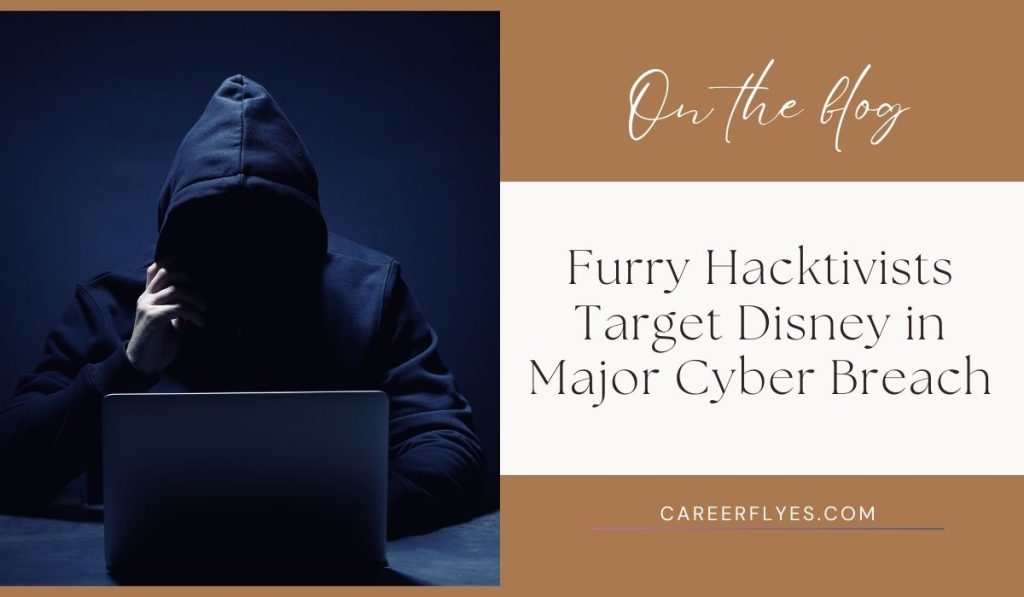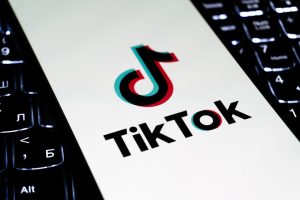Furry Hacktivists Target Disney in Major Cyber Breach
4 min read
In a surprising twist, a furry hacktivist group has reportedly breached the digital defenses of entertainment giant Disney, making headlines in the tech and entertainment world. This unexpected development has raised questions about Disney’s cybersecurity, the motivations behind the hack, and the growing presence of hacktivist groups.
Here’s what we know so far about the furry hacktivist group, the breach, and what it could mean for Disney and its users.
Who Are the Furry Hacktivists?
The term “furry” refers to a subculture of people interested in anthropomorphic animals, often creating characters or personas—known as fursonas—through artwork, costumes, and stories. While the furry community is generally creative and light-hearted, this particular hacktivist group is taking a different path by using their skills to carry out cyberattacks.
Hacktivism is the use of hacking techniques to promote political agendas or social causes. Hacktivists often target corporations, governments, or organizations they believe are engaging in unethical behavior. In this case, the furry hacktivists have reportedly targeted Disney, though the exact reasons behind the attack remain unclear.
What Happened in the Disney Breach?
According to reports, the furry hacktivist group claims to have breached Disney’s digital infrastructure, gaining access to sensitive information. The extent of the breach is still being investigated, but it’s believed that they accessed internal systems, potentially compromising data related to Disney’s operations, employees, or even customers.
While Disney has yet to confirm the full details of the breach, they have acknowledged the reports and are working to secure their systems. As with many large corporations, Disney has a wealth of data across various platforms, from its media empire to its theme parks and streaming services like Disney+. If customer data has been compromised, it could lead to a significant fallout.
What Are the Motivations Behind the Hack?
Hacktivists generally carry out attacks to highlight perceived injustices, raise awareness, or expose vulnerabilities within organizations. While the exact motivations of this furry hacktivist group are unclear, there are a few possible reasons:
- Criticism of Corporate Practices: Hacktivists often target major corporations like Disney to protest against unethical business practices, labor disputes, or concerns about monopolization in the entertainment industry.
- Raising Awareness: The furry community is generally seen as an inclusive, creative group. This hack may be an attempt by individuals within the subculture to bring attention to issues they believe Disney is ignoring, whether related to creative freedom, diversity, or representation in media.
- Exposing Vulnerabilities: By breaching Disney’s systems, the hacktivist group could be looking to highlight cybersecurity weaknesses within a high-profile corporation, pushing for stronger protections for customer data.
How Is Disney Responding?
So far, Disney has responded by increasing its internal security measures and launching an investigation into the breach. The company is working with cybersecurity experts to assess the extent of the hack, identify the vulnerabilities that were exploited, and ensure that further attacks can be prevented.
As of now, there has been no public statement regarding whether customer data has been compromised. However, in similar breaches involving large corporations, companies typically notify affected users and take steps to secure their information.
What Could the Impact Be?
The impact of this breach could be far-reaching if the hacktivist group managed to access sensitive or personal data. Potential consequences could include:
- Data Exposure: If customer data, including names, emails, and payment information, was compromised, it could lead to financial losses and identity theft for affected users.
- Operational Disruption: A breach of internal Disney systems could disrupt operations, including content production, theme park management, and even streaming services like Disney+.
- Reputation Damage: Breaches like this can damage a company’s reputation, especially if it’s found that proper security measures were not in place. For a brand as iconic as Disney, maintaining user trust is crucial.
The Rise of Hacktivist Groups
This breach is a reminder of the increasing presence of hacktivist groups and their impact on major corporations. Hacktivism has evolved from simple cyberattacks to more complex operations designed to challenge corporations and governments.
While the furry community is typically focused on art and self-expression, this incident shows that subcultures can take on unexpected roles in global cyber movements. It highlights the importance of robust cybersecurity measures for even the most well-protected companies.
What Can You Do to Stay Protected?
If you’re a Disney+ subscriber or have interacted with Disney’s services, it’s a good idea to take steps to protect your data, even if it hasn’t been confirmed as compromised. Here are a few tips:
- Change Your Passwords: Update your passwords for Disney+ and any related accounts. Make sure to use a strong, unique password.
- Enable Two-Factor Authentication: Add an extra layer of protection to your accounts by enabling two-factor authentication (2FA).
- Monitor Your Accounts: Keep an eye on your email, payment information, and other personal accounts for any suspicious activity.
- Stay Updated: Follow news from Disney to learn about the results of the investigation and any potential data breaches.
Conclusion
The breach of Disney’s systems by a furry hacktivist group has captured attention not just for the high-profile nature of the target, but also for the unexpected involvement of a subculture not commonly associated with hacking. While the full extent of the breach is still unfolding, it’s a clear reminder of the importance of cybersecurity and the evolving nature of hacktivism.
As Disney works to resolve the issue, it’s important for users to stay informed and take steps to protect their personal data. The growing influence of hacktivist groups means that corporations, governments, and individuals alike must remain vigilant in the face of new threats.






